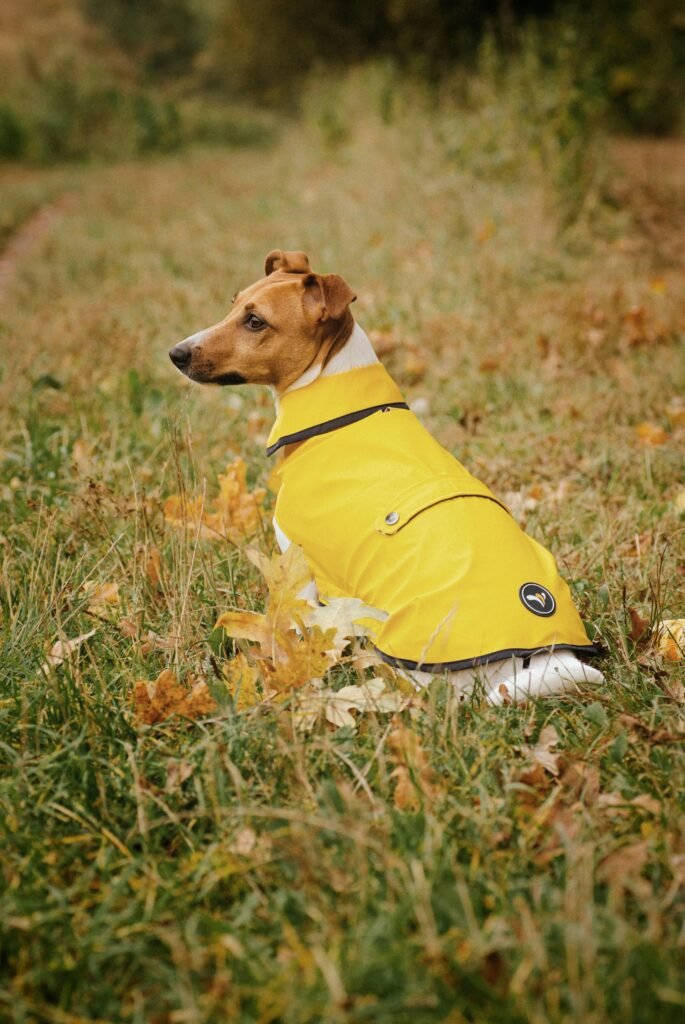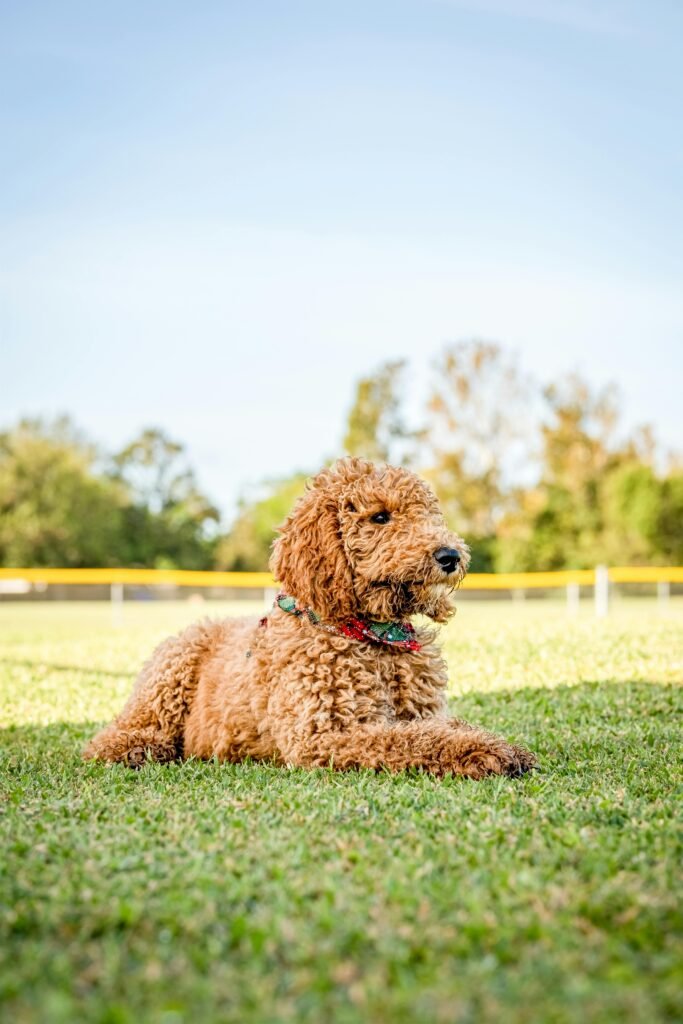If you’ve ever wondered how to successfully crate train your furry friend, look no further. This article will provide you with the essential techniques needed to achieve success with crate training. From creating a positive association with the crate to gradually increasing the time spent inside, you’ll discover the steps to make crate training a positive and effective experience for both you and your pet. Say goodbye to excessive barking, destructive behavior, and potty accidents – with the right approach, you can unlock the incredible benefits of crate training for your beloved companion.

This image is property of images.pexels.com.
Understanding Crate Training
What is crate training?
Crate training is a popular method of training dogs that involves the use of a crate or kennel. It provides a safe and comfortable space for your dog and can be used for various purposes, such as housebreaking, managing separation anxiety, and providing a den-like environment for your furry friend.
Benefits of crate training
Crate training offers several benefits for both you and your dog. Firstly, it helps with housebreaking by teaching your dog to control their bladder and bowels. A crate can also serve as a safe haven and retreat for your dog when they need some alone time or are feeling anxious. It can prevent destructive behavior by keeping your dog contained while you’re away. Additionally, crate training can make traveling with your dog easier and more convenient.
Choosing the Right Crate
Size considerations
When selecting a crate for your dog, it’s crucial to consider their size. The crate should be large enough for your dog to stand up, turn around, and lie down comfortably. However, it shouldn’t be too spacious, as dogs feel more secure in a cozy, den-like environment. You can choose from wire crates, plastic crates, or soft-sided crates depending on your dog’s needs and preferences.
Material options
Wire crates are popular for their durability, ventilation, and easy cleaning. Plastic crates are suitable for dogs who prefer a more enclosed and den-like space. They also often come with a handle or wheels for portability. Soft-sided crates are lightweight and convenient for travel, but they may not be suitable for dogs who are prone to chewing or scratching.
Crate setup
Once you have chosen the right crate for your dog, it’s important to set it up properly. Place a soft bedding or blanket inside the crate to make it comfortable and cozy. Make sure the crate is located in a quiet area of your home where your dog feels secure. Keep the crate door open initially to allow your dog to explore and get used to it at their own pace.

This image is property of images.pexels.com.
Introducing Your Dog to the Crate
Making the crate comfortable
To help your dog feel at ease with the crate, make it a comfortable and inviting space. You can place familiar toys or a favorite blanket inside the crate to make it more appealing. It’s also a good idea to feed your dog in the crate, gradually moving their food bowl further inside to create a positive association with the crate.
Positive association with the crate
Introduce the crate to your dog gradually. Start by encouraging them to enter the crate voluntarily with treats or praise. Once they are comfortable going inside the crate, close the door for short periods while you are present. Gradually increase the duration, always providing positive reinforcement and rewards. The goal is for your dog to view the crate as a safe and pleasant place.
Establishing a Crate Training Schedule
Gradual introduction to crate time
When starting crate training, it’s important to introduce crate time gradually. Begin by having short sessions of crate time while you’re at home, gradually extending the duration as your dog becomes more accustomed to it. This process helps your dog build positive associations with the crate and minimizes any potential anxiety or stress.
Setting a routine
Establishing a routine is essential for successful crate training. Dogs thrive on consistency, so try to incorporate crate time into your daily schedule. Set specific times for your dog’s meals, potty breaks, and exercise, and include crate time as part of their daily routine. Eventually, your dog will start to anticipate and accept crate time as a normal part of their day.
Progressive crate training
As your dog becomes more comfortable and relaxed in the crate, you can gradually increase the amount of time they spend inside. This progressive crate training helps your dog build confidence and adapt to longer periods of confinement. However, remember to balance crate time with plenty of exercise, mental stimulation, and social interaction to prevent boredom and promote overall well-being.

This image is property of images.pexels.com.
Positive Reinforcement Techniques
Reward-based training
Positive reinforcement is key to successful crate training. Use treats, praise, or their favorite toys to reward your dog for entering and staying in the crate. Be generous with your praise and rewards, making sure to create a positive association between your dog and the crate. Avoid using punishment or negative reinforcement, as this can create fear and anxiety, undermining the training process.
Practicing patience
Crate training requires patience and consistency. Some dogs may take longer to adjust to the crate than others, and setbacks are common. Remember to remain calm and patient, providing constant support and encouragement. Rushing the process or becoming frustrated can hinder progress and make your dog associate the crate with negative emotions.
Using treats and praise
Treats and praise are powerful tools in crate training. Use small, tasty treats that your dog loves and only provide them when they enter or remain calm in the crate. Verbal praise and gentle petting also reinforce positive behavior. Over time, your dog will begin to associate the crate with rewards and will willingly enter it without hesitation.
Addressing Common Challenges
Separation anxiety
Separation anxiety is a common challenge when crate training. Dogs with separation anxiety may whine, bark, or show signs of distress when left alone in the crate. To address this issue, gradually increase the amount of time you spend away from the crate, starting with short intervals and gradually extending the duration. Consider using calming techniques, such as leaving a radio or TV on, to provide background noise and help your dog feel less alone.
Whining or barking in the crate
If your dog whines or barks in the crate, it’s important not to reinforce this behavior by giving in to their demands. Instead, wait for a moment of calmness before opening the crate door. Reward your dog for quiet and calm behavior, gradually increasing the time they remain calm before opening the crate. Consistency and positive reinforcement will help your dog learn that quiet behavior is rewarded.
Accidents in the crate
Accidents in the crate can be frustrating but avoid scolding or punishing your dog. Instead, focus on reinforcing proper bathroom habits. Take your dog outside for regular potty breaks and schedule feeding times to establish a predictable routine. As your dog becomes more comfortable and understands the purpose of the crate, accidents should decrease.
Avoiding Mistakes in Crate Training
Avoiding punishment or negative reinforcement
To maintain a positive and effective crate training experience, it’s crucial to avoid using punishment or negative reinforcement. Yelling, hitting, or forcing your dog into the crate can create fear and resistance. Always remember that crate training should be a positive and stress-free process for both you and your dog.
Not using the crate as a time-out
The crate should never be used as a form of punishment or time-out. It should always be associated with positive experiences and relaxation for your dog. Using the crate as a time-out or a place for disciplinary action can create negative associations, making your dog less willing to enter or stay in the crate voluntarily.
Gradually Increasing Crate Time
Incremental increases
Once your dog is comfortable spending short periods of time in the crate, you can gradually increase the duration. Start by adding a few minutes to each session, and gradually extend the time as your dog becomes more accustomed to staying in the crate. This step-by-step approach ensures that your dog feels secure and prevents any feelings of anxiety or distress.
Monitoring your dog’s comfort level
Throughout the crate training process, it’s important to monitor your dog’s comfort level closely. Watch for signs of stress or anxiety, such as excessive panting, pacing, or whining. If you notice any signs of discomfort, consider slowing down the progression or seeking guidance from a professional trainer or veterinarian.
Troubleshooting Crate Training Issues
Seeking professional advice
If you’re facing challenges or encountering problems with crate training, don’t hesitate to seek professional advice. A knowledgeable dog trainer or a veterinarian can provide valuable guidance tailored to your specific situation. They can help identify any underlying issues and offer effective strategies to overcome them.
Modifying strategies
Sometimes, despite our best efforts, certain crate training strategies may not work for every dog. If you find that a particular technique isn’t yielding the desired results, be open to modifying and adapting your approach. Every dog is unique, and finding the right method may require some trial and error. Remember to stay patient and persistent in your efforts.
Maintaining Crate Training Success
Continued positive reinforcement
Even after your dog has become fully crate trained, it’s important to continue with positive reinforcement. Occasionally reward your dog for going into the crate voluntarily or for staying calm and relaxed inside. This will help maintain a positive association with the crate and reinforce their good behavior.
Keeping the crate a safe and inviting space
To ensure ongoing success with crate training, it’s essential to keep the crate a safe and inviting space for your dog. Regularly clean the crate to maintain cleanliness and eliminate any odors. Inspect the crate for any damage or wear and tear, replacing it if necessary. By providing a comfortable and secure environment, you can ensure that your dog sees the crate as their own personal space.



